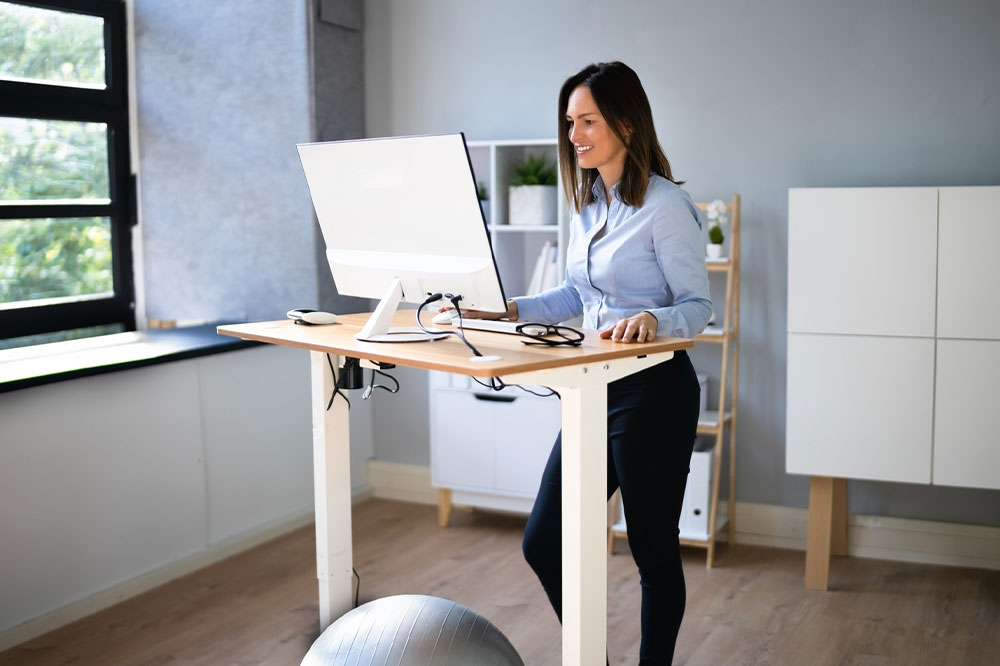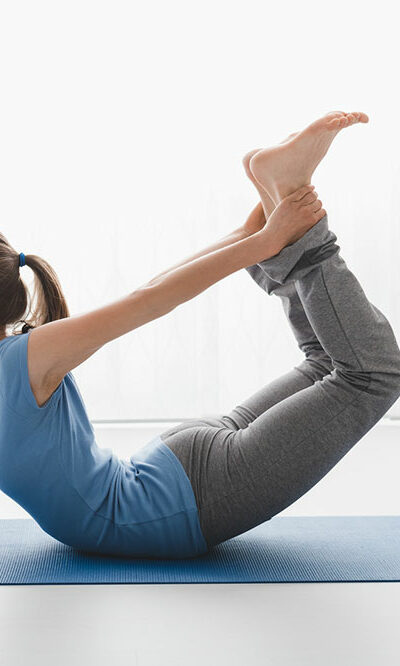3 tips for improving posture and maintaining eye health

Science shows a correlation between one’s eyes and posture alignment. Human eyes send signals to the brain via the central nervous system. The brain interprets these signals and sends responses through the spinal cord to the rest of the body. When one does not maintain a good posture with natural erect alignment, this communication is hampered, causing health problems over time. So, here are some ideal postures for reading and sitting to maintain healthy eyesight.
Postures for good eye health
Straighten up the spine
While the natural erect alignment of one’s spine can bring many health benefits, slouching can impact the connection between one’s spinal cord and brain. This, in turn, can weaken blood flow, affect sense response, including that of eyesight, and cause blurry vision problems. Ensure one’s spine is erect while standing, with the head held straight and the chin tucked in.
Avoid bending forward while reading
It’s easy to spend hours on one’s phone or reading with the head tucked in and body bent forward, but this can strain one’s spine, neck, shoulders, and eyes. To avoid this, one can stretch from time to time and better posture by keeping the computer screen parallel to one’s face. This ensures that the visual target is in one’s direct line of vision.
Maintain enough distance from the computer
Computers and other electronic devices, such as smartphones and tablets, emit blue light, which can affect one’s eyes. Therefore, a recommended distance to avoid eye strain is more than 30 inches from the computer screen.
In this era of digital screens, it’s essential to prioritize posture to prevent eye fatigue, promote relaxation, and reduce eye strain. While it might not be possible to fix one’s posture constantly throughout the day, an ideal way to achieve this is to invest in comfortable furniture supporting one’s back. For example, the desk can have sufficient height and knee space, while the chairs have sturdy back support.
Other ways to maintain optimal eye health
Palming
Palming is a famous ancient technique that relaxes one’s eye muscles and reduces fatigue. The method includes rubbing one’s palms together to warm them and placing them gently to cover one’s eyes for a few minutes. One can also breathe deeply during the process.
Blinking
Blinking may be a natural and primarily subconscious process, but when focused on something intensely, one may forget to blink as much as needed. Consciously blinking can improve the oil glands in one’s eyelids, help lubricate one’s eyes and reduce dryness and irritation.
Taking breaks from screen time
While the modern lifestyle may not allow one to reduce screen time, it’s best to take breaks every hour and practice one of the methods given above. For example, one can take a break every 20 minutes to stretch, look away from the screen, and stretch to give one’s eyes some rest.
Stretch
Stretching one’s neck and shoulders with simple exercises can also help ease the strain on one’s eyes.
Wear sunglasses
Exposing one’s eyes constantly to harmful ultraviolet (UV) UV rays can put one at risk of developing cataracts or macular degeneration. Additionally, it can also tire out the eyes. So wearing sunglasses is a meaningful and straightforward way of keeping one’s eyes relaxed even in the scorching heat.







